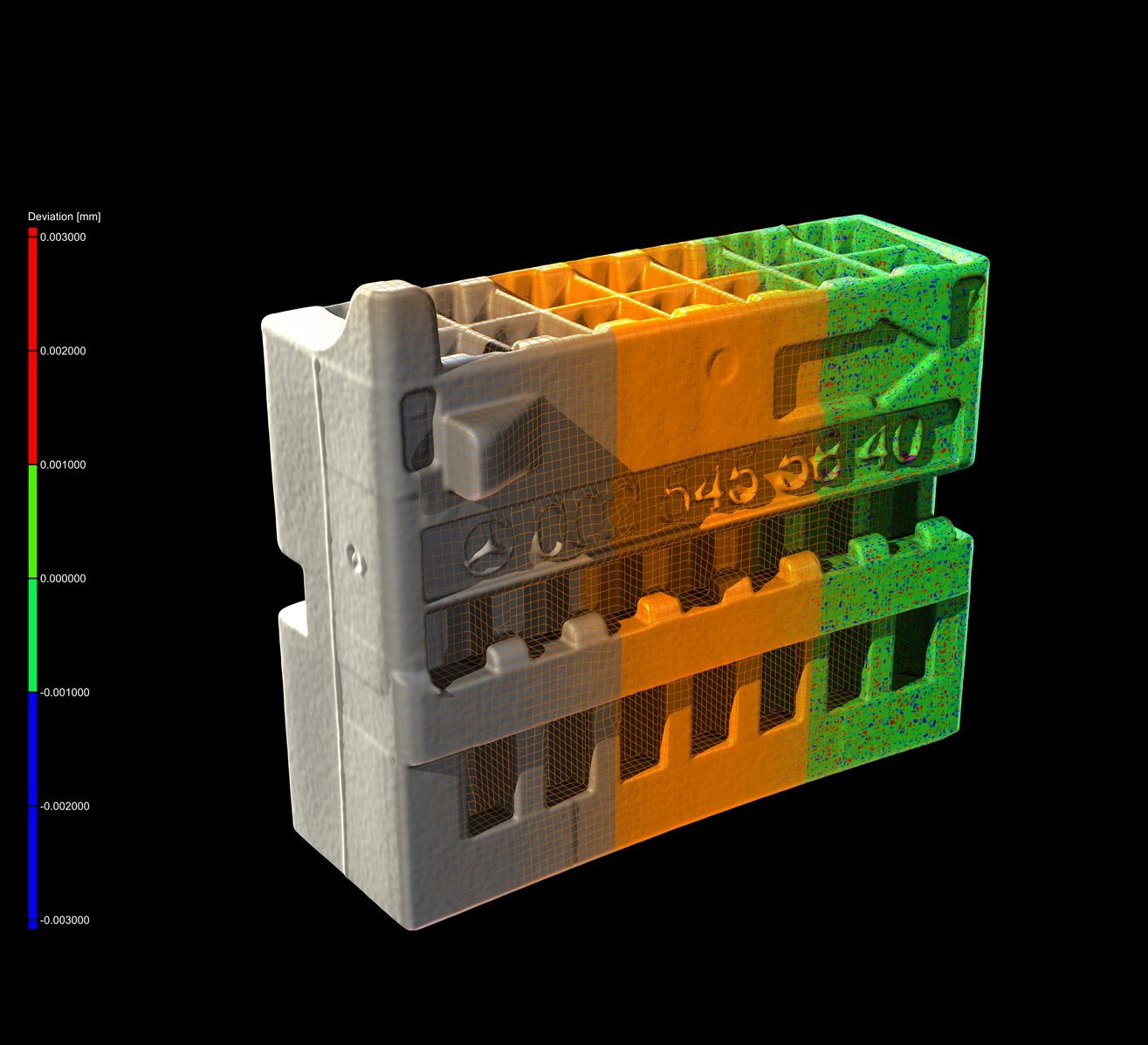
Volume Graphics says that it has updated its VGSTUDIO MAX software with a reverse engineering module.
According to the company, the software can now generate surfaces from a CT scan or voxel model converted from a closed mesh/point cloud scan using an auto-surface function. This allows manually generated design models to be available digitally, the company said.
The new version of VGSTUDIO MAX can also generate and archive 3D CAD models of legacy parts and update those models in which the actual part or tool deviates from the master CAD model, automating the creation of digital twins of individual parts and allowing for the validation of the model-to-part relationship. The recreated or newly validated CAD model can be exported as a STEP file to any CAD system, and the software also enables CAM systems to mill on CAD instead of meshes.
Volume Graphics said that the software now incorporates a digital volume correlation (DVC) module which can help users quantify displacements and strains between multiple states over time, making it suitable for the design of foams, fiber composite materials, or additively manufactured porous samples or components. The user can quantify and visualize problems such as cracks and pores, which can be missed by the naked eye, by comparing datasets at different states over time with the initial undamaged data. VGSTUDIO MAX makes it possible to map microstructure information such as fiber orientation, fiber-volume content, or matrix porosity on the same mesh that is used for the finite element analysis (FEA). This allows the user to consider all significant microstructure information within a mechanical model and validate it by comparing FEA and DVC results.
DVC can also detect internal damage in composite materials, like those in a helicopter blade, by comparing a scan acquired after manufacturing with another scan of the same part after several years of use, Volume Graphics said.
This story uses material from Volume Graphics, with editorial changes made by Materials Today. The views expressed in this article do not necessarily represent those of Elsevier.



